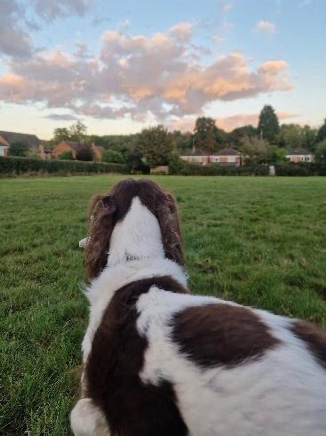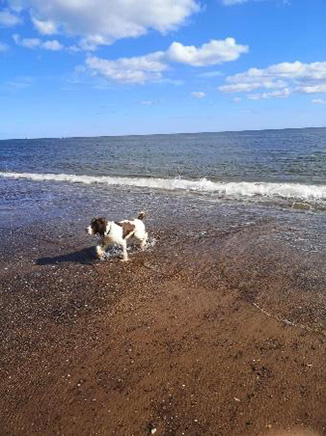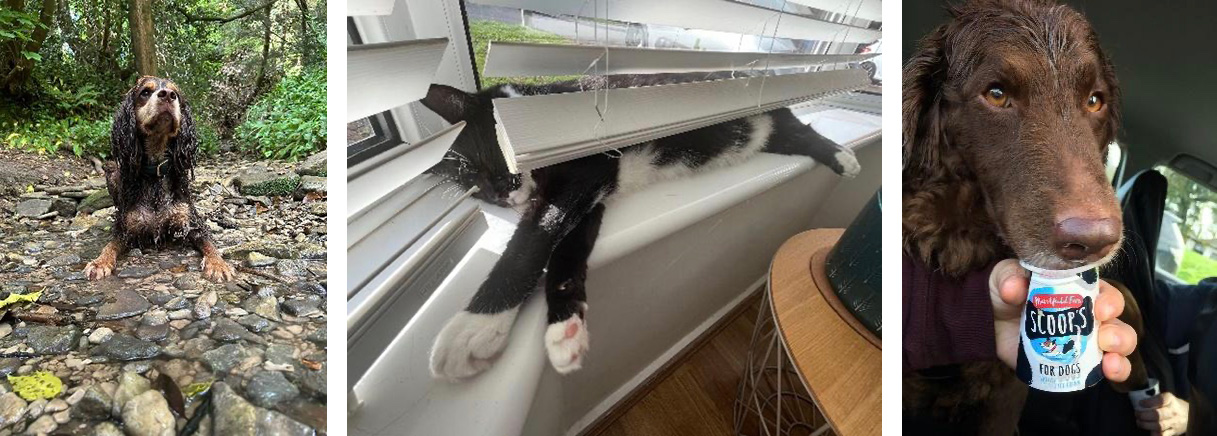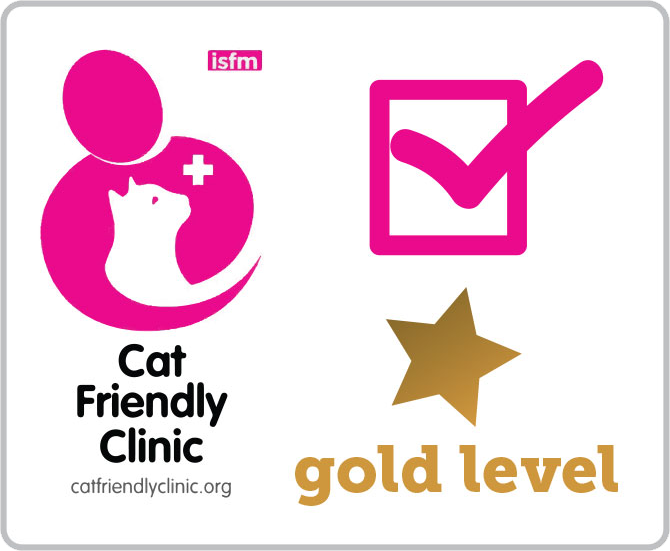Keeping Pets Safe in the Summer Heat
 As the sunshine has finally arrived, it's tempting to spend as much time outdoors as possible. But while we can adapt to the heat by changing our clothes or seeking shade, our pets rely on us to keep them comfortable and safe. Heatstroke is a serious and potentially fatal condition that can affect pets much more quickly than people realise.
As the sunshine has finally arrived, it's tempting to spend as much time outdoors as possible. But while we can adapt to the heat by changing our clothes or seeking shade, our pets rely on us to keep them comfortable and safe. Heatstroke is a serious and potentially fatal condition that can affect pets much more quickly than people realise.
Understanding the Risks
Heatstroke occurs when an animal’s body temperature rises beyond its ability to cool itself. Unlike humans, who sweat to regulate their temperature, dogs, cats, and rabbits can only sweat through their paws so they primarily cool down through panting. This means they are much more vulnerable to overheating, especially in warm weather.
Certain pets are particularly at risk:
- Flat-faced breeds (like French Bulldogs, Pugs, and Persian cats) struggle to cool themselves efficiently.
- Heavy-coated animals retain heat, making sun exposure dangerous.
- Overweight pets find it more difficult to regulate their temperature.
- Young, elderly, or pets with underlying health conditions can also have a harder time coping with the heat.
 How to Protect Your Pet
How to Protect Your Pet
The best way to prevent heat-related issues is avoidance. Once temperatures reach 20°C, the risk of heatstroke increases, and for flat-faced breeds, even 16°C can be dangerous. Here’s how you can help keep your pet cool:
- Limit heat exposure – Walk dogs early in the morning or late in the evening when temperatures are lower. Keep pets indoors or in shaded areas during peak heat.
- Provide plenty of fresh water – Use ice cubes, water fountains, or add extra water to meals to encourage hydration.
- Reduce activity levels – Avoid strenuous play or exercise, as intense movement raises core body temperature.
- Ensure proper ventilation – Use fans, open windows, and create drafts in your home or pet enclosures.
- Never leave pets in hot cars – Temperatures inside a vehicle can rise dramatically in minutes, leading to fatal consequences.
- Be cautious with sheds and garages – Cats have a habit of sneaking into small, enclosed spaces for shelter or exploration. These areas can become dangerously hot so always check for feline visitors before shutting doors.
- Monitor sun movement – Hutch-dwelling pets, like rabbits and guinea pigs, need to be kept in the shade, but remember that the sun shifts throughout the day. Be proactive in moving hutches as needed to keep them out of direct sunlight, ensuring your small pets stay comfortable and safe.
 Signs of heat stroke
Signs of heat stroke
- Excessive panting or difficulty breathing
- Drooling
- Weakness, an unwillingness to move, unsteady gait, collapse
- Vomiting and diarrhoea
- Confusion
- Seizures
- Red and hot ears (rabbits)
Sadly, studies show that over a quarter of dogs diagnosed with heatstroke do not survive, highlighting the importance of keeping our furry friends safe in warm weather.
If you suspect heatstroke, act fast: move your pet to a cooler area, wet their body with cool water (not ice-cold), and head to your vet immediately. Remember, the golden rule is: “Get them wet and get them to the vet.”
Our air-conditioned premises are open 7 days a week, so if you have any concerns about your pet’s health or need advice on keeping them cool, please don’t hesitate to contact us. Stay vigilant, and let’s make this a safe and enjoyable summer for all our furry companions!

-
Previous
-
Next









